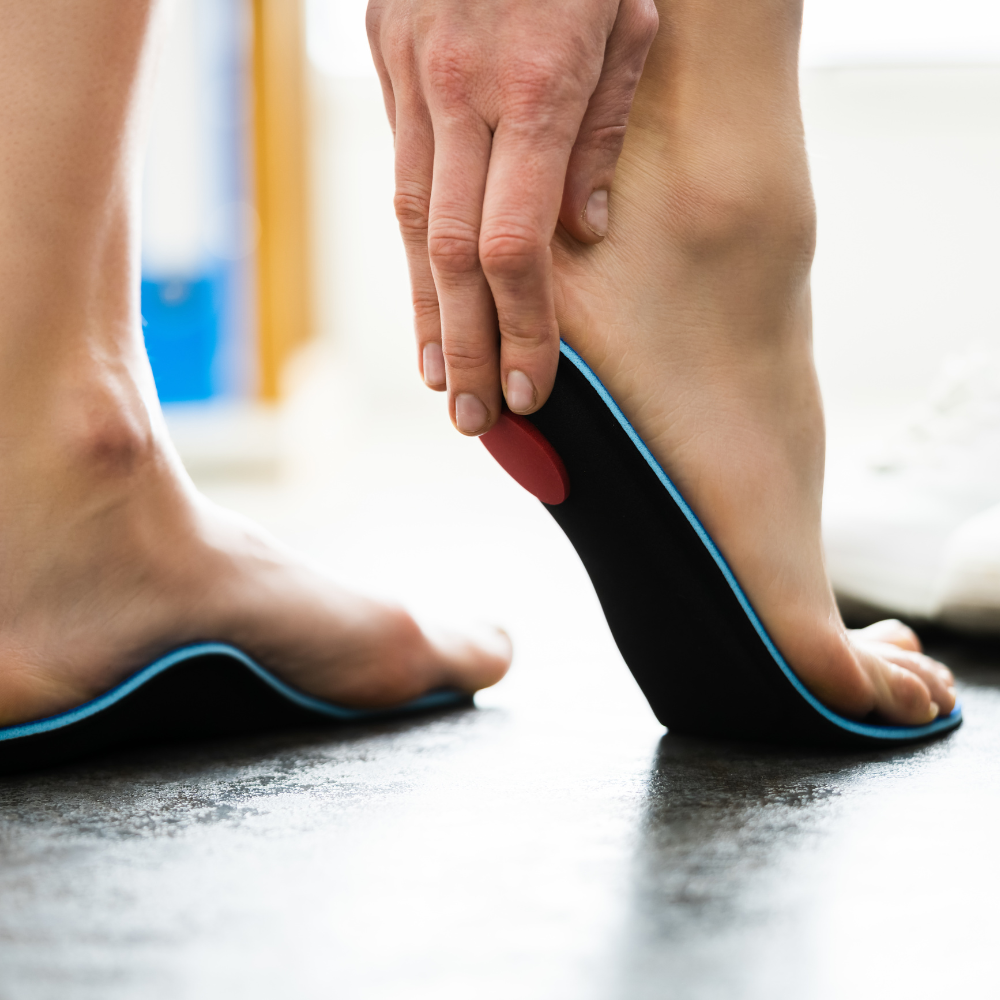Orthopedic Insoles for Flat Feet
If you have flat feet, you may be experiencing foot pain, discomfort, or even difficulty walking or standing for long periods of time. Fortunately, orthopedic insoles can help to provide support and alleviate these symptoms. In this article, we'll explore how orthopedic insoles can help with flat feet, how to choose the right ones, and how to use them with shoes.
How Orthopedic Insoles Help with Flat Feet
Orthopedic insoles are designed to provide arch support, which helps to distribute weight more evenly across the foot and improve foot alignment. This can be especially helpful for people with flat feet, who may have fallen arches or an uneven distribution of weight across their feet. By providing proper arch support, orthopedic insoles can reduce foot pain, prevent injuries, and even improve posture.
In addition to helping with flat feet, orthopedic insoles can also provide relief for conditions like plantar fasciitis. This is because they help to absorb shock and reduce pressure on the plantar fascia, which is a band of tissue that runs along the bottom of the foot and can become inflamed and painful. By providing extra cushioning and support, orthopedic insoles can help to alleviate plantar fasciitis symptoms.
Choosing the Right Orthopedic Insoles
When choosing orthopedic insoles for flat feet, there are several factors to consider. Firstly, you need to consider the level of arch support that you require. If you have flat feet, you'll need insoles with a higher arch support than someone with normal arches. Additionally, you'll need to consider the material of the insoles - soft materials like foam or gel can provide extra cushioning and shock absorption, while firmer materials like plastic or carbon fibre can provide more support.
Another factor to consider when choosing orthopedic insoles is the shape and size of your feet. Many insoles come in different sizes or can be trimmed to fit your shoes. You'll need to ensure that the insoles fit comfortably in your shoes without slipping or moving around.
Using Orthopedic Insoles with Shoes
Once you've chosen the right orthopedic insoles for your needs, it's important to use them with the right shoes. Ideally, you'll want to choose shoes with a wide and deep toe box that can accommodate the insoles. Sneakers, athletic shoes, and boots are often good choices.
To fit the insoles into your shoes, simply remove the existing insoles and replace them with the orthopedic insoles. You may need to trim the insoles to fit your shoes properly. It's important to ensure that the insoles fit snugly and don't move around inside your shoes.
Maintaining Orthopedic Insoles
To ensure that your orthopedic insoles continue to provide proper support and cushioning, it's important to maintain them properly. Over time, the insoles may become worn or lose their shape, which can affect their effectiveness. You should replace your insoles every six to twelve months, or as soon as you notice signs of wear and tear.
To clean your insoles, simply wipe them down with a damp cloth and mild soap. Avoid using harsh chemicals or soaking the insoles in water, as this can damage them.
Conclusion
Orthopedic insoles can be a lifesaver for people with flat feet, providing much-needed support, cushioning, and alignment. By choosing the right insoles for your needs, using them with the right shoes, and maintaining them properly, you can experience relief from foot pain and discomfort. Don't suffer in silence - try orthopedic insoles for flat feet today!
Author: Denis G.
